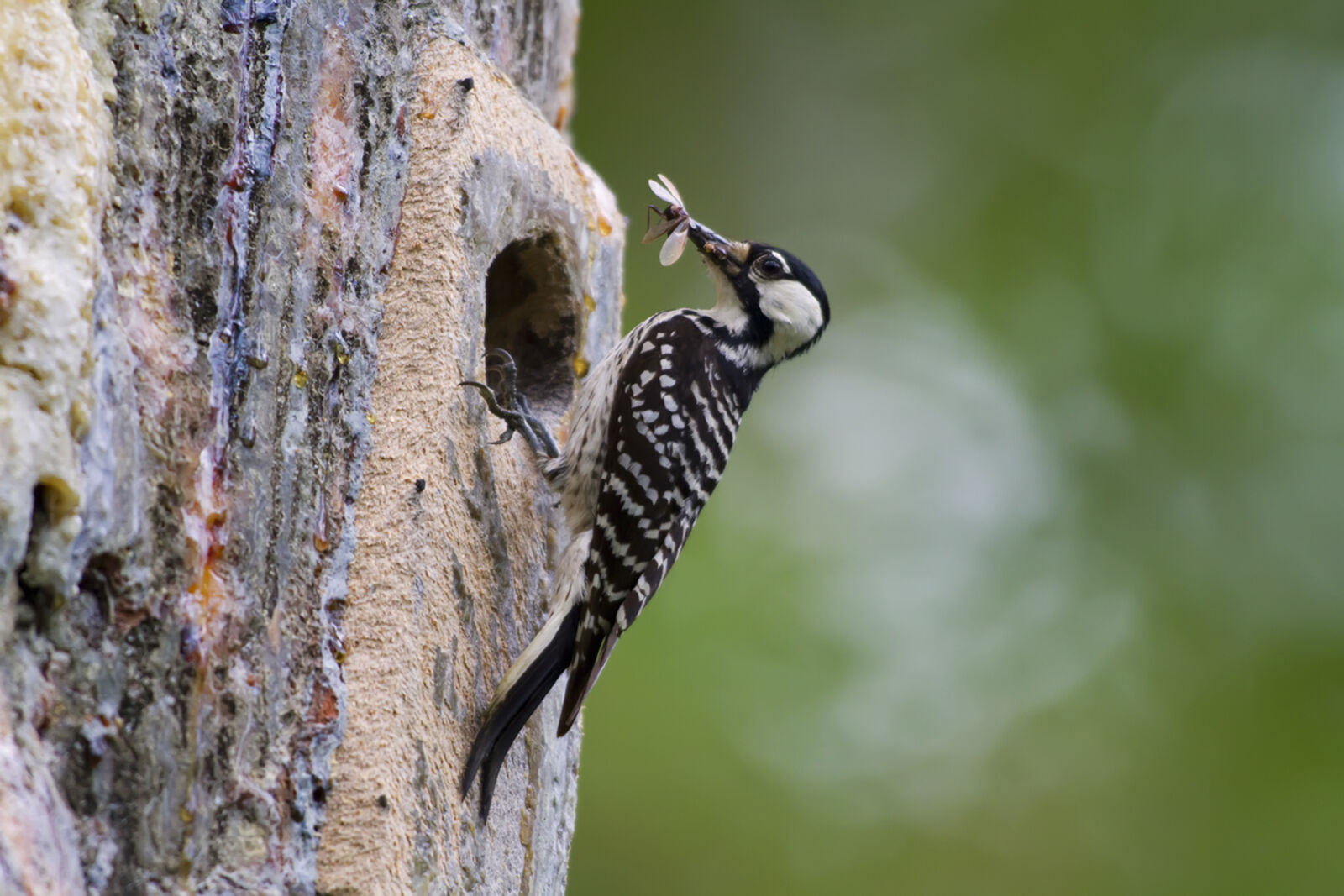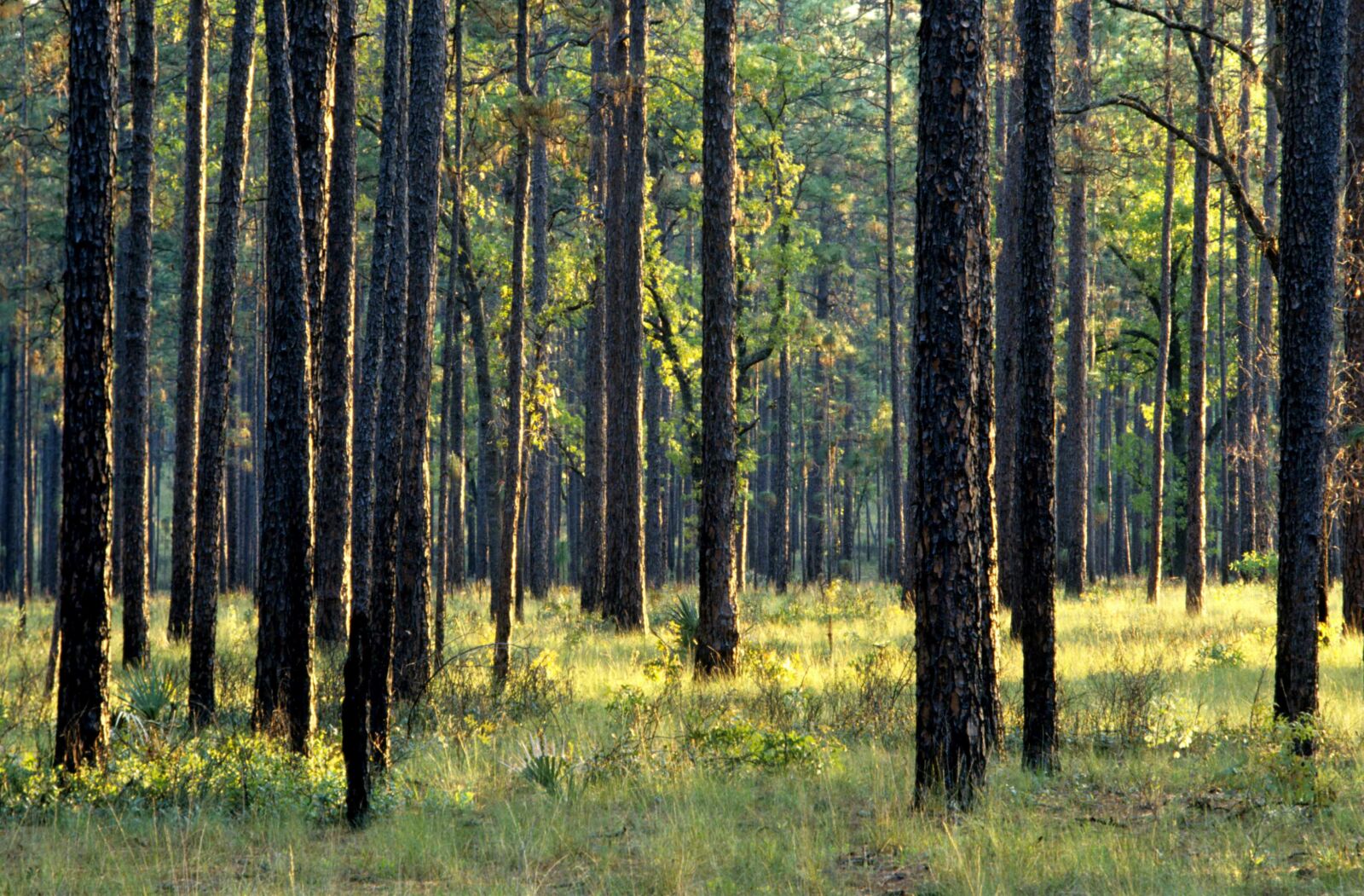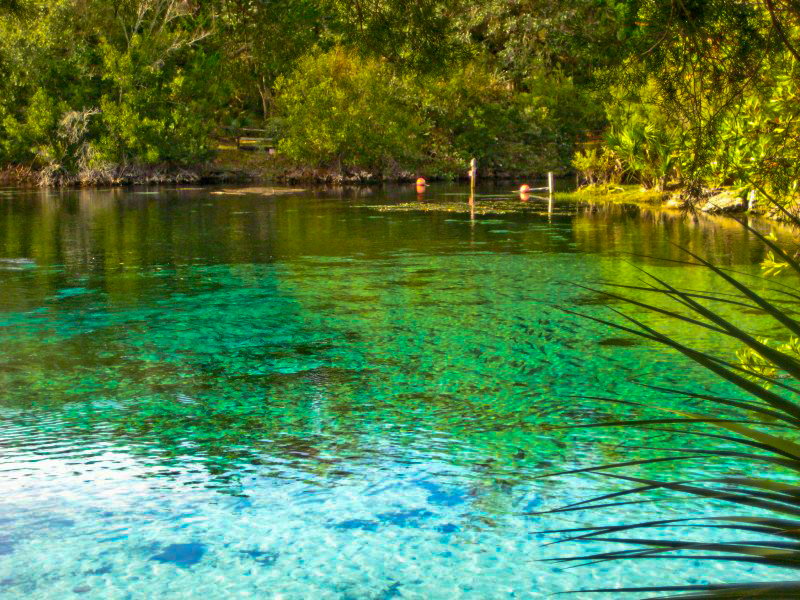The NFF is working to restore the health of the longleaf pine ecosystem and the diverse species that rely on this vital ecosystem; improve the recreational experience and bring communities together to steward the Ocala National Forest.
As the southernmost National Forest in the continental United States, the Ocala National Forest’s geography and climate combine to create an enchanting and unique sanctuary for Florida’s diverse wildlife. Supporting a vast majority of this wildlife are the Ocala’s longleaf forests.




